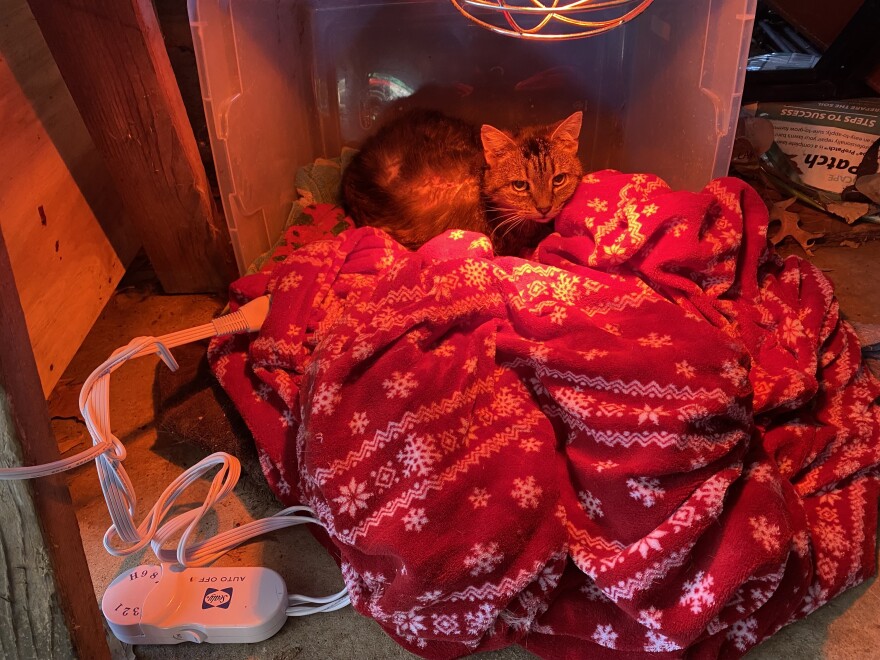The extreme cold forecast for Northeast Ohio is not just a danger to the people who call the region home. It’s also a particular threat to stray cats and dogs often that don’t have the option of shelter.
Just like humans, companion animals can suffer severe health issues and even death if they can’t find sufficient shelter outside, said Sharon Harvey, CEO of the Cleveland Animal Protective League.
“When the temperatures get this low, there aren't many animals that are going to do OK,” Harvey said. “Their body temperature can drop so low that that it can be fatal. They might die.”
Animals can experience hypothermia and frostbite and lose appendages when the temperatures are below freezing, she said.
There’s a misconception that stray cats and dogs can easily hunker down and find a place to keep warm; however, that’s not the case for all animals, especially ones that have previously lived indoors, are lost or have certain conditions, Harvey said.
“Pets that are elderly, pets that are sick or have various chronic illnesses, pets that have … shorter hair coats that aren't really cut out to be outside for long periods of time - in cold weather, they are all going to be at the most risk,” Harvey added.
Harvey encourages anyone who has a so-called “outside cat” or “indoor-outdoor cat” – one that they feed but do not keep inside their house – to try to bring the cat inside and keep it in a bathroom or basement with a litter box, she said.
Individuals can even crack open their garage door and allow cats to hunker down inside there, she added.
If you can’t bring a cat inside, or if the cat is feral, Harvey suggests setting up a temporary insulated shelter outside. These can be as simple as a Styrofoam coolers or Rubbermaid bins insulated with straw — not hay or blankets, Harvey said.

Hay contains moisture, and blankets and towels can freeze if they get wet, she said.
“In temperatures like these, they might freeze and actually trap the cats and end up with frostbite or even worse, not surviving,” Harvey said.
The same applies to stray dogs, Harvey added. A temporary shelter should be big enough for a dog to stand up in, but not big enough to let cold air get in.
The structure should be elevated in a dry space and insulated with straw, she said.
Some cities, including Cleveland, have laws prohibiting tethering dogs during extreme cold temperatures, she said.
Northeast Ohioans can call the local humane society or police department if they see a dog that has been chained outside in the cold, she added.
Individuals can also call their county’s dog warden or animal control officers if they are concerned about a stray animal and can’t bring it in or offer outside shelter, Harvey said.
However, many shelters are full, particularly with dogs, she added.
“Some of us might have some capacity for cats, so the best thing to do would be to get the cat inside … and call,” Harvey said. “You might be asked to temporarily house it until a space opens up.”
The National Weather Service has issued an extreme cold watch through Wednesday morning across the region, predicting cold temperatures and “dangerously cold wind chills” as low as -25 degrees Fahrenheit.


